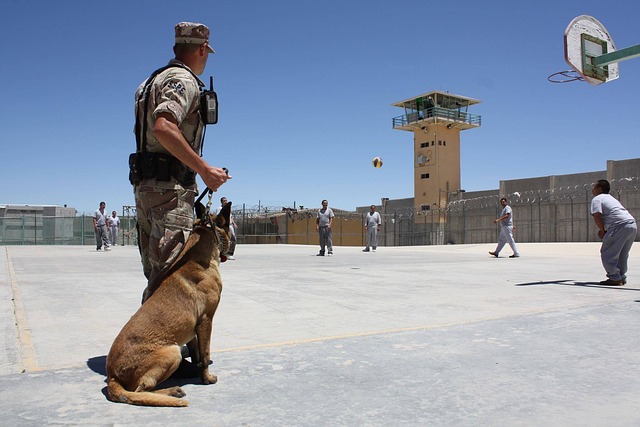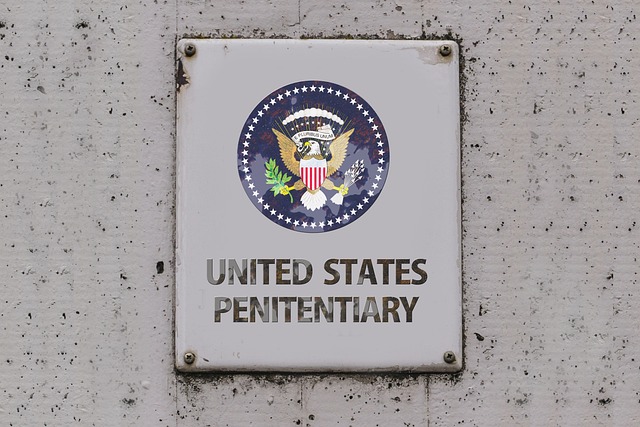The global landscape of immigration and DUI varies widely, with rural areas facing enforcement challenges due to low population densities, limited resources, and cultural disparities from global immigration, while urban centers implement stricter laws and robust law enforcement due to high traffic volumes and diverse populations. Understanding these Global Immigration and DUI Perspectives is crucial for safe driving practices worldwide. Strict blood alcohol limits, severe penalties, and targeted patrols are employed in urban areas, contrasting with more lenient rural regulations. These disparities highlight the need for tailored approaches that balance public safety and global immigration dynamics, ensuring fair enforcement without perpetuating disparities.
In the realm of driving under the influence (DUI), stark contrasts exist between rural and urban areas, reflecting broader global immigration and enforcement perspectives. This article delves into these disparities, offering a comprehensive view of international DUI laws as a whole. We explore key differences in regulations between countryside and cityscapes, considering immigration’s role in shaping DUI enforcement strategies. By examining challenges unique to rural regions, we gain insights into the diverse approaches taken by urban centers, highlighting global Immigration and DUI perspectives.
- Understanding Global DUI Laws: A Brief Overview
- Rural vs Urban DUI Regulations: Key Differences
- Impact of Immigration Policies on DUI Enforcement
- Challenges and Unique Considerations in Rural Areas
- Comparative Analysis: Urban Centers and Their DUI Strategies
Understanding Global DUI Laws: A Brief Overview

In the global landscape of immigration and DUI perspectives, laws vary drastically from one country to another. Understanding these differences is crucial for both residents and visitors alike, especially when navigating through rural and urban areas. While many nations have harmonized certain driving under the influence (DUI) standards, local nuances and interpretations can significantly impact how these laws are enforced.
For instance, some countries adopt a zero-tolerance policy, setting strict blood alcohol limits with severe penalties, while others take a more lenient approach. Rural areas often enforce DUI laws with fewer resources and less frequent patrols, presenting unique challenges for drivers. In contrast, urban centers may have more robust law enforcement presence but also face the dilemma of managing high traffic volumes. These global immigration and DUI perspectives underscore the importance of staying informed and adhering to local regulations to ensure safe driving practices worldwide.
Rural vs Urban DUI Regulations: Key Differences

In terms of DUI (Driving Under the Influence) laws, rural and urban areas often find themselves on opposite ends of the spectrum. Rural regions, characterized by lower population densities, typically have more lenient DUI regulations compared to their urban counterparts. These laws may include higher blood alcohol limits and fewer roadside checks, reflecting the belief that less dense populations result in decreased traffic congestion and safety risks associated with impaired driving.
On the other hand, urban areas face distinct challenges due to their high immigration rates and diverse global connections. The Global Immigration and DUI Perspectives highlight how these regions must grapple with managing DUI incidents involving non-residents and tourists. Urban centers often implement stricter laws, more frequent patrols, and harsher penalties as a means to address the complex web of issues that come with dense populations and heightened cultural exchange.
Impact of Immigration Policies on DUI Enforcement

Immigration policies significantly shape global immigration and DUI perspectives, especially in urban areas with diverse populations. Strict immigration enforcement strategies can lead to a focus on high-visibility patrols and stop-and-frisks, potentially increasing traffic stops involving drivers from other countries. These policies may also create fear among immigrant communities, deterring them from reporting driving under the influence for fear of deportation or legal repercussions.
Conversely, rural areas with less stringent immigration laws might see different patterns. Immigrants often settle in these regions to escape urban crime and find work. However, this can result in a lack of targeted DUI enforcement efforts, as resources may be directed towards other law-enforcement priorities. This disparity underscores the need for tailored approaches that consider local demographics and immigration status when combating DUI to ensure safety without perpetuating disparities.
Challenges and Unique Considerations in Rural Areas

In rural areas, law enforcement faces unique challenges when it comes to DUI (Driving Under the Influence) enforcement due to factors like lower population densities, limited resources, and longer response times. These regions often have winding roads, sparse communities, and a higher proportion of isolated homes, making it harder for officers to patrol effectively. Additionally, global immigration trends can introduce cultural disparities in understanding and compliance with local DUI laws, requiring law enforcement to adapt their strategies. With fewer residents and more spread-out communities, rural areas may also experience less public pressure to enforce DUI laws strictly, which can lead to reduced police presence and lower rates of prosecution for DUI offenses.
The Global Immigration and DUI Perspectives further complicate matters in rural settings. Non-native residents, including those with limited English proficiency, might not be fully aware of local DUI regulations or face barriers in accessing legal representation due to their newness to the area. This challenges law enforcement’s ability to enforce laws fairly across diverse populations. To address these issues, rural communities often rely on community engagement strategies and public education campaigns tailored to their specific demographics and needs, ensuring that everyone understands and abides by DUI laws for the safety of all road users.
Comparative Analysis: Urban Centers and Their DUI Strategies

In urban centers, where diverse populations intersect with bustling metropolises, DUI (Driving Under the Influence) laws often reflect a complex interplay of global immigration and local perspectives. Enforcement strategies here tend to be robust due to higher rates of traffic congestion and a need to prioritize public safety in densely populated areas. This is evident in stricter penalties and zero-tolerance policies that have been implemented in many cities worldwide. For instance, urban regions might enforce lower blood alcohol limits (BALs) than rural areas, reflecting the global trend of enhancing DUI laws to mitigate risks associated with higher vehicle density.
These metropolitan hubs also often boast well-established legal systems and access to specialized resources for handling DUI cases. This allows for more sophisticated strategies such as advanced field sobriety tests and stringent license suspensions. Moreover, cultural sensitivities and linguistic diversity are considered in urban settings, where law enforcement agencies employ multilingual officers and community outreach programs to effectively communicate DUI laws within diverse communities. Such approaches ensure a balanced approach that addresses public safety while navigating the global immigration dynamics prevalent in urban environments.
In exploring global immigration and DUI perspectives, it’s clear that rural and urban areas face distinct challenges in DUI enforcement. Rural regions grapple with low population densities and limited resources, necessitating innovative strategies to combat impaired driving. Conversely, urban centers must navigate dense populations and diverse cultural norms, requiring tailored approaches that balance public safety with equity. Understanding these key differences is essential for policymakers as they refine DUI laws worldwide, ensuring effective deterrence while mitigating disparities across landscapes and communities.






